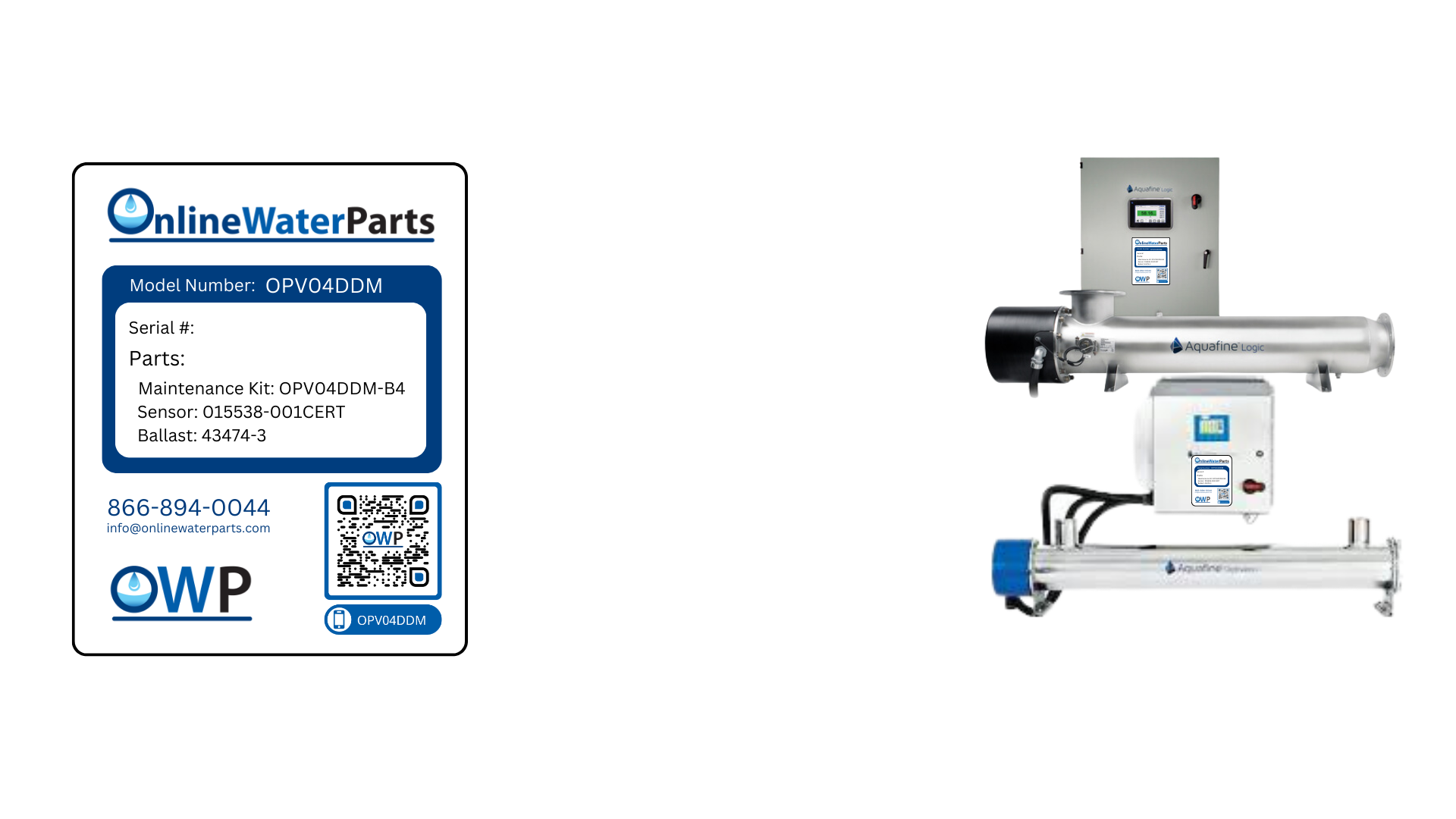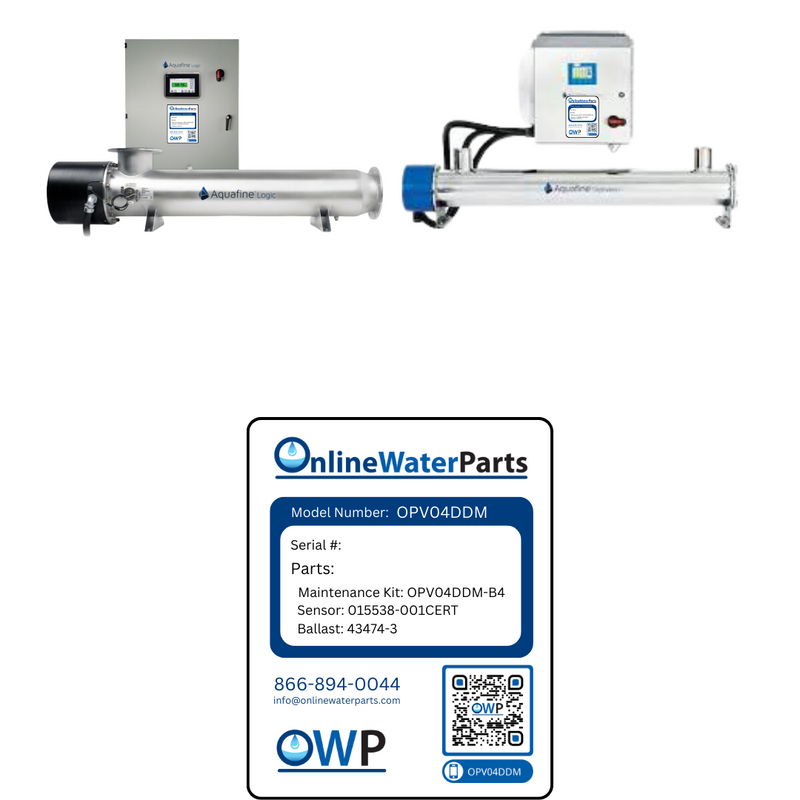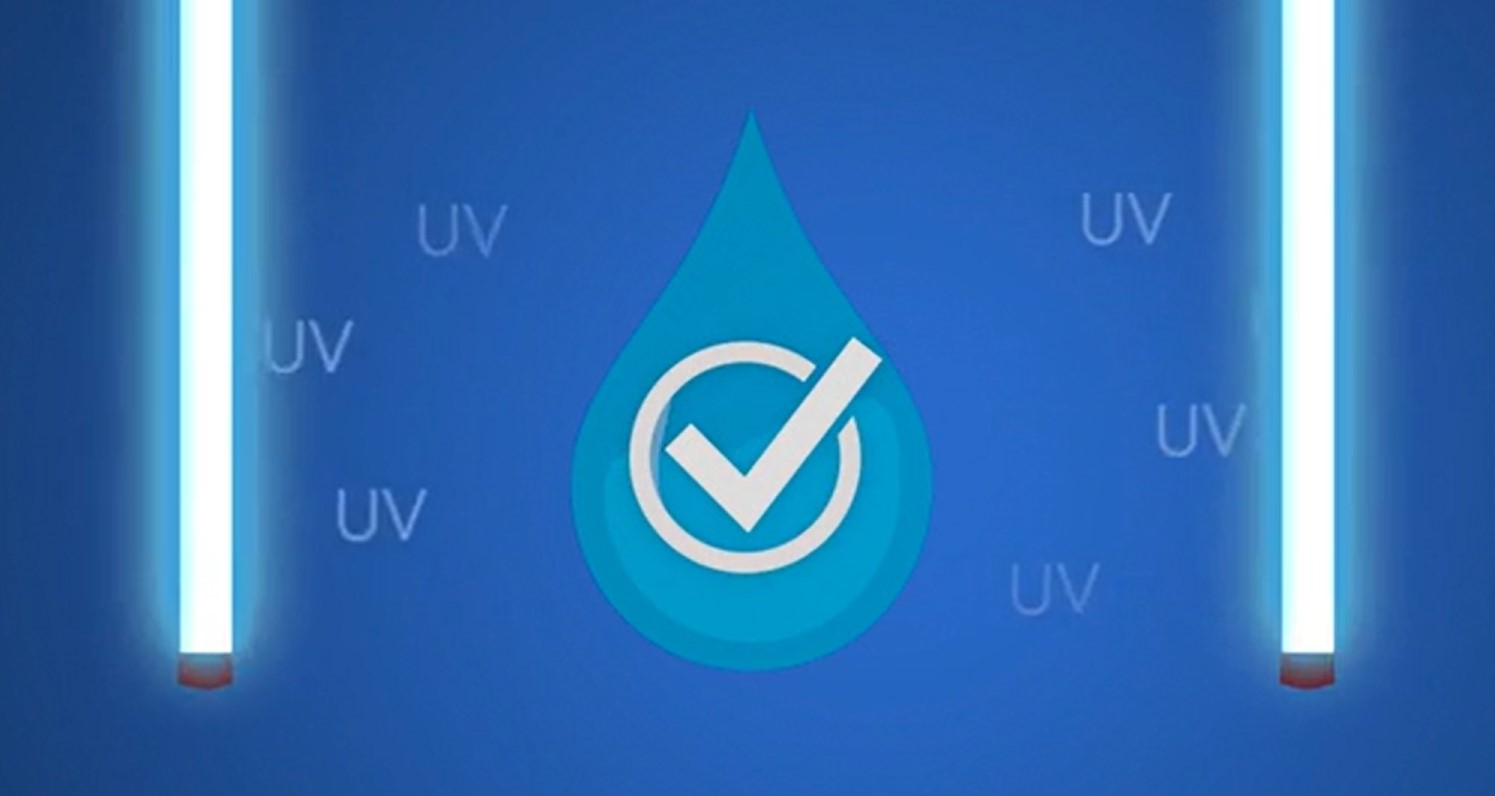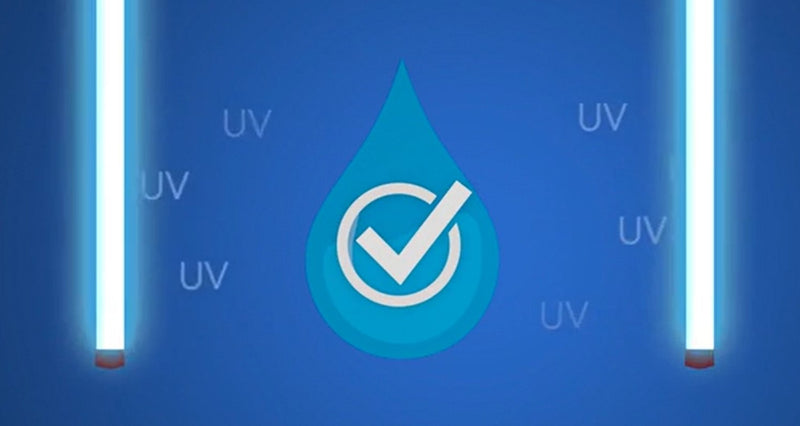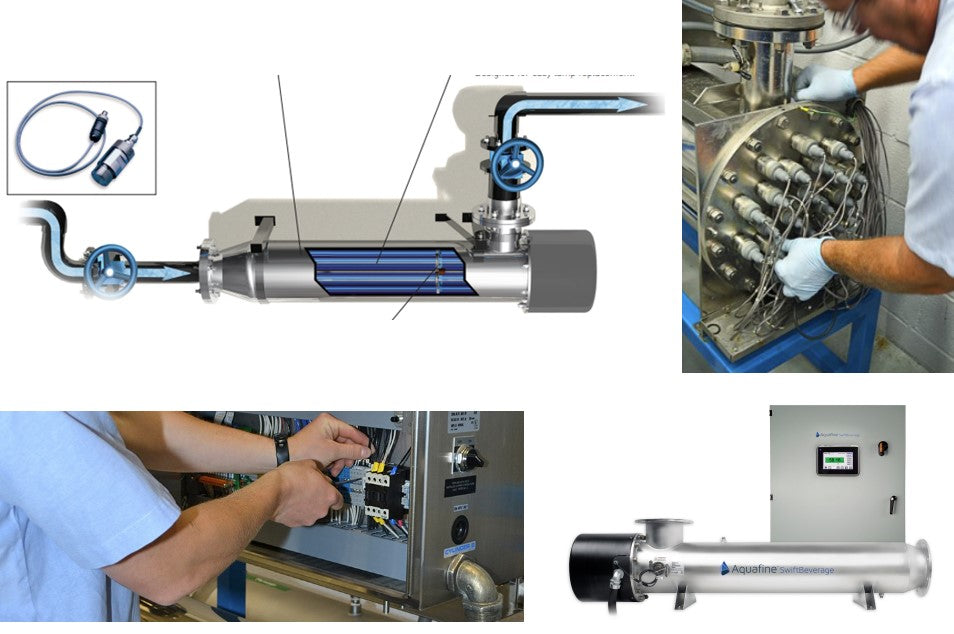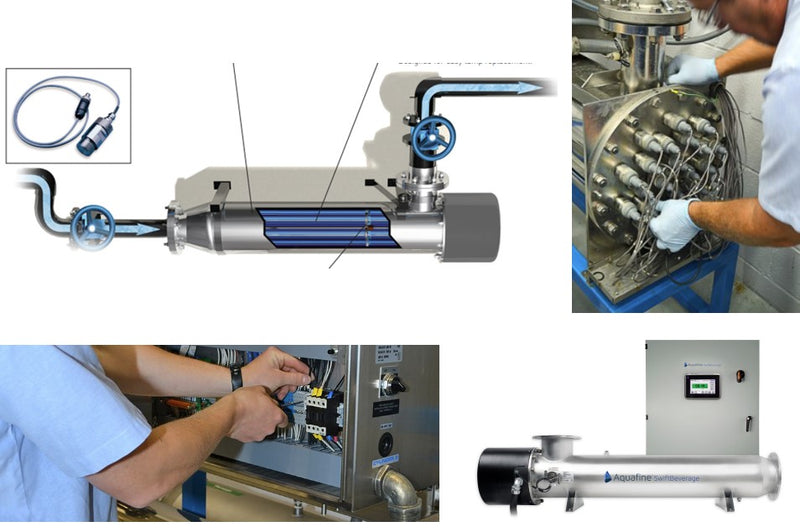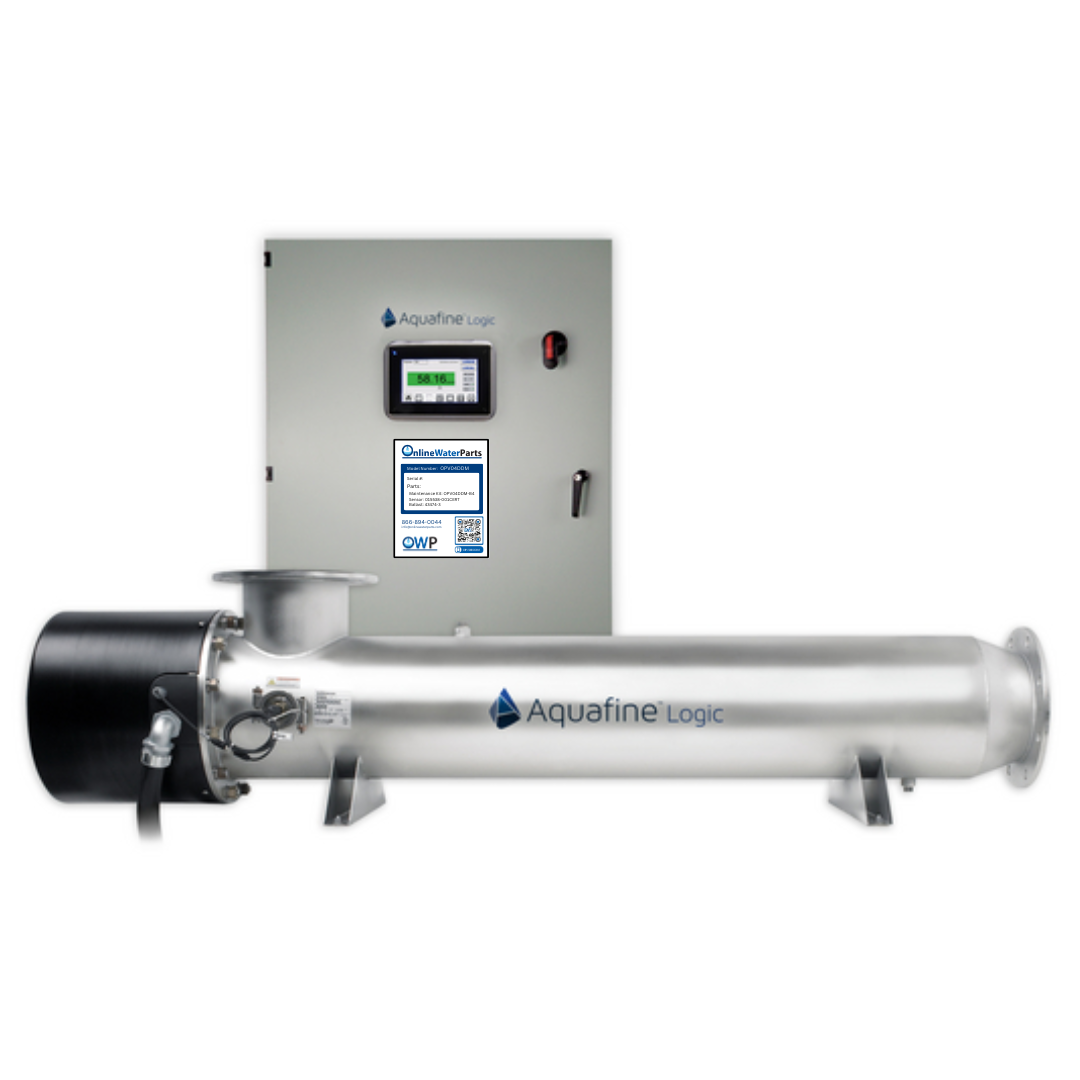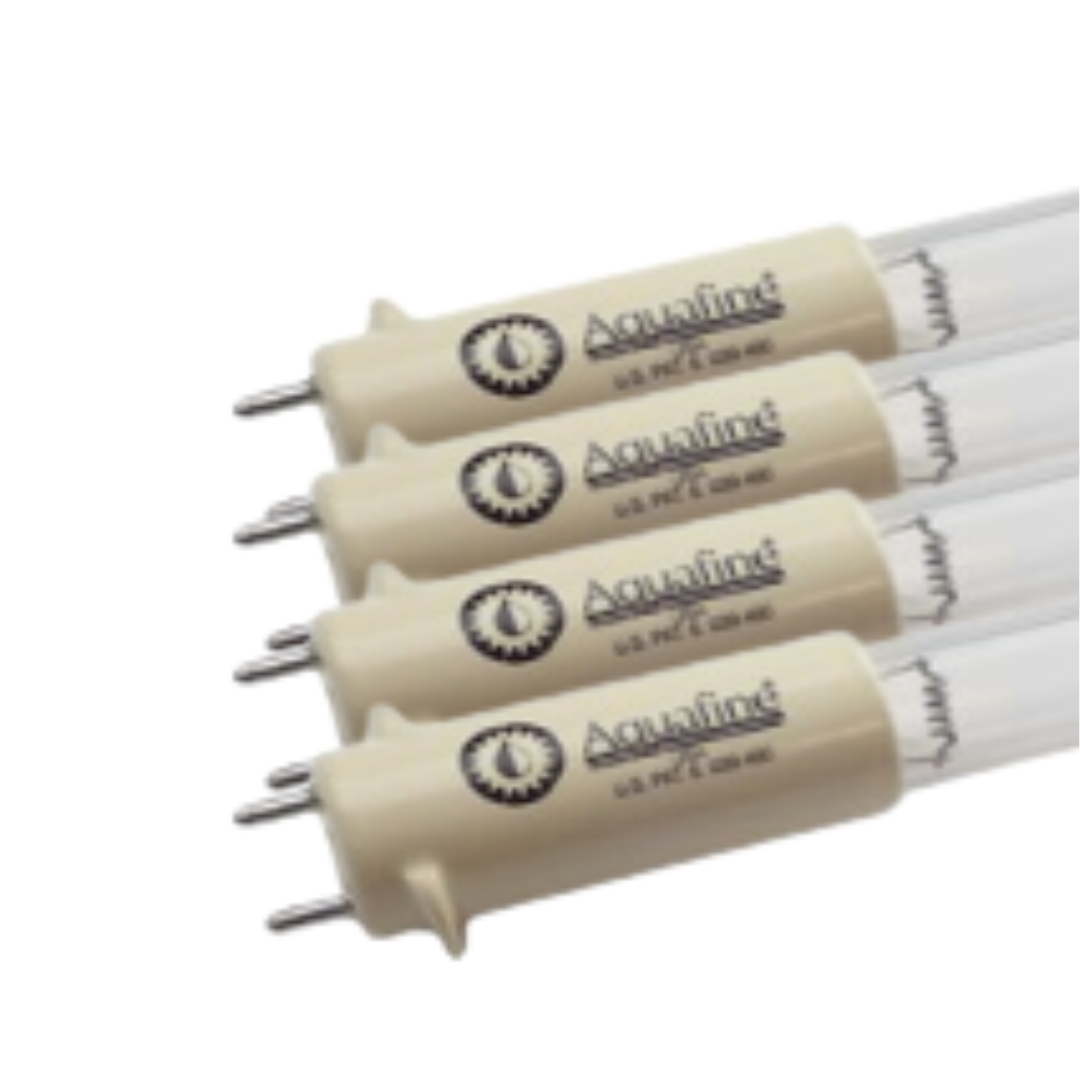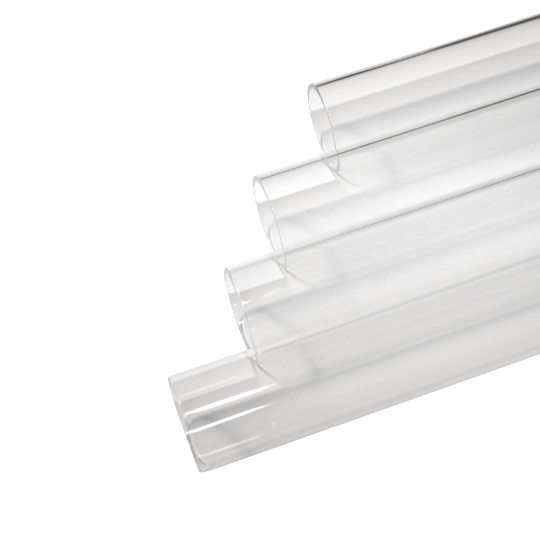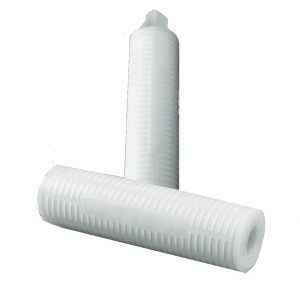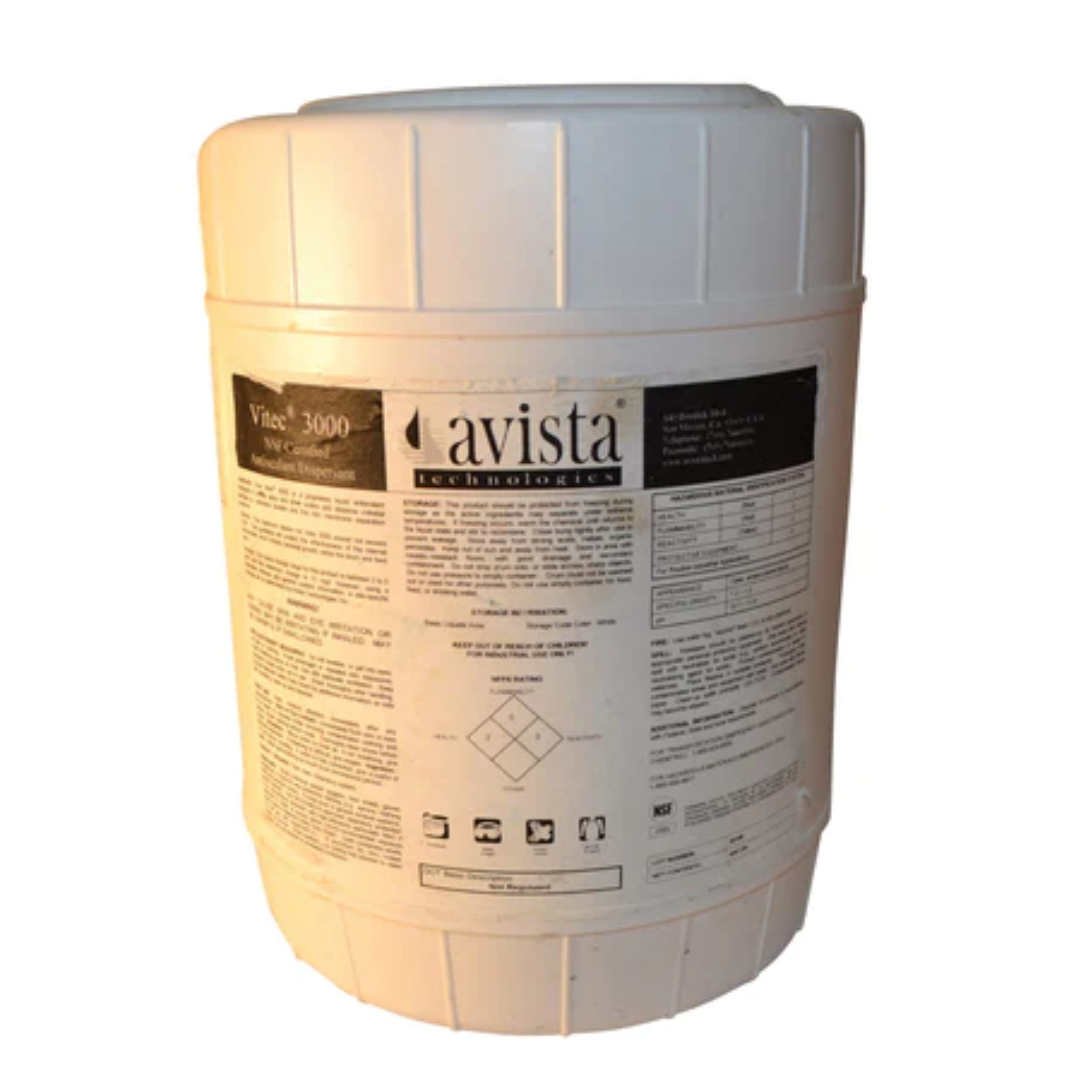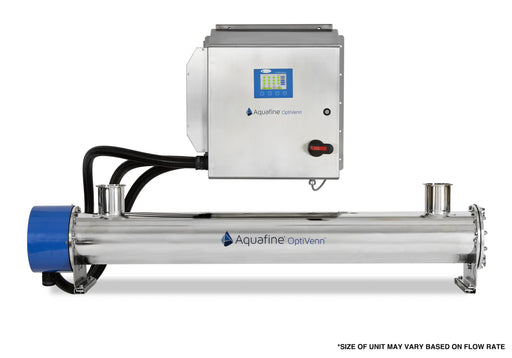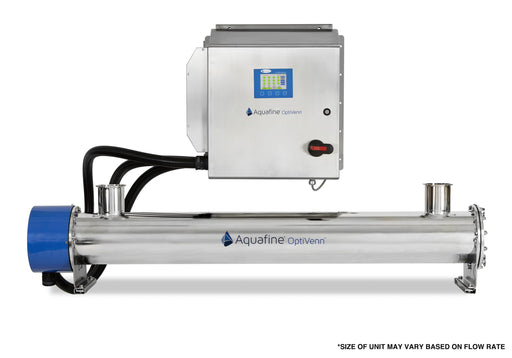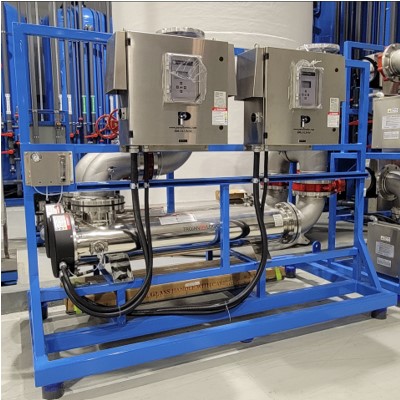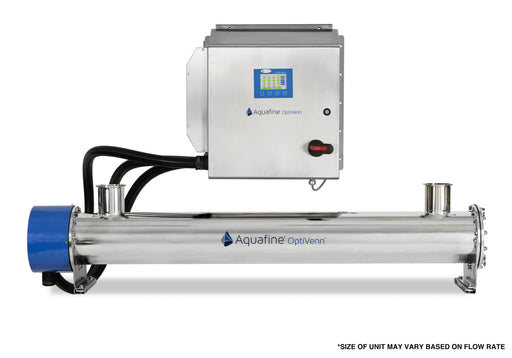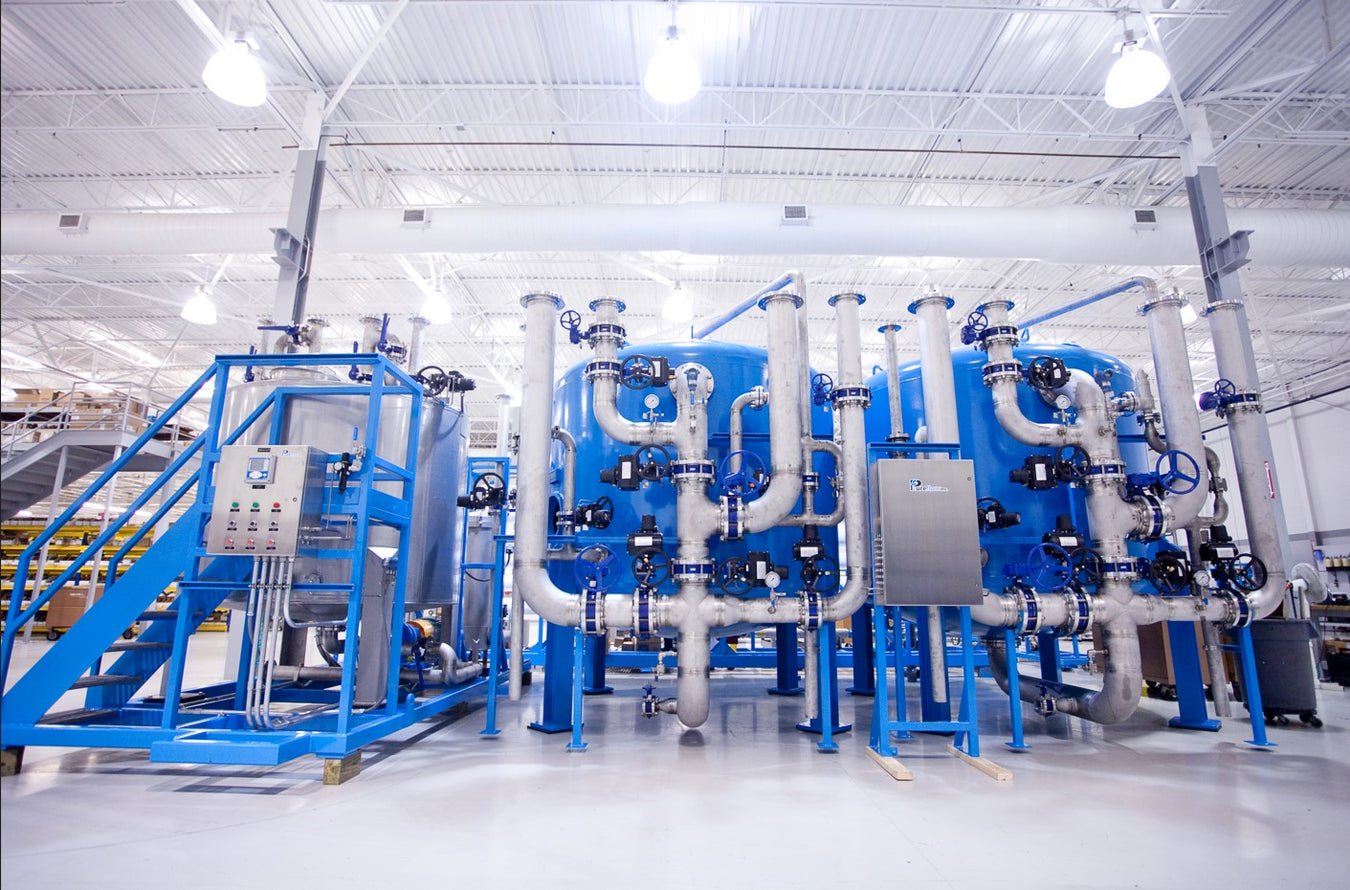
Our Offerings
View All

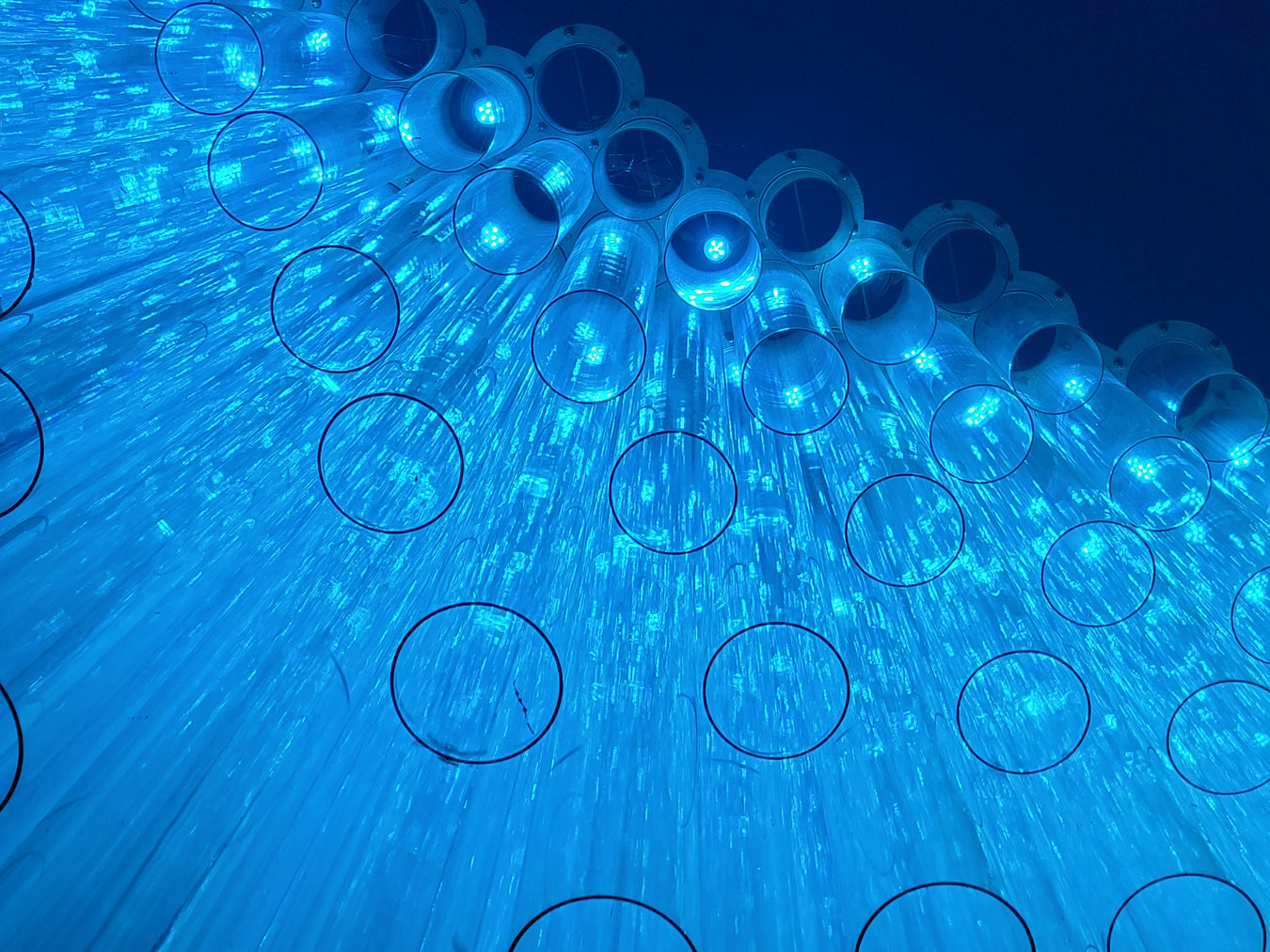

Featured collection
-
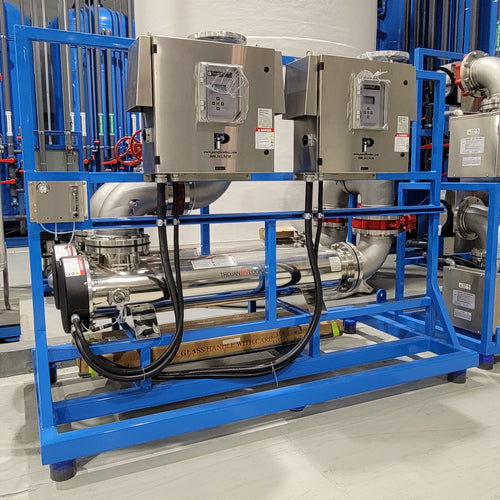 Featured Collection
Featured Collection -
Aquafine OPV04DDM-1 UV Unit OptiVenn Series
Original price $20,645.00 - Original price $20,645.00Original price$20,645.00$20,645.00 - $20,645.00Current price $20,645.00In stockAquafine OPV04DDM-1 Disinfection Max Flow(gpm) @ 99%UVT - 226 Disinfection Max Flow (gpm) @ 94%UVT - 175 Temperature Range (F) - 40F to 104F Max Pr...
View full detailsOriginal price $20,645.00 - Original price $20,645.00Original price$20,645.00$20,645.00 - $20,645.00Current price $20,645.00 -
Aquafine OPV04CDL-3 UV Unit OptiVenn Series
Original price $26,120.00 - Original price $26,120.00Original price$26,120.00$26,120.00 - $26,120.00Current price $26,120.00In stockAquafine OPV04CDL-3 Disinfection Max Flow(gpm) @ 99%UVT - 301 Disinfection Max Flow (gpm) @ 94%UVT - 248 Temperature Range (F) - 40F to 104F Max Pr...
View full detailsOriginal price $26,120.00 - Original price $26,120.00Original price$26,120.00$26,120.00 - $26,120.00Current price $26,120.00 -
Aquafine Logic Series 08AL30 Brand New - 2 UV units Skid Mounted
Original price $135,496.00Original price $135,496.00 - Original price $135,496.00Original price $135,496.00Current price $60,000.00$60,000.00 - $60,000.00Current price $60,000.00In stock08AL30 Ultraviolet Disinfection Units Manufactured by Aquafine. Only one available at this price. Two units Skid Mounted ready to be installed. 316...
View full detailsOriginal price $135,496.00Original price $135,496.00 - Original price $135,496.00Original price $135,496.00Current price $60,000.00$60,000.00 - $60,000.00Current price $60,000.00 -
Aquafine OPV04CDL-2 UV Unit OptiVenn Series
Original price $23,930.00 - Original price $23,930.00Original price$23,930.00$23,930.00 - $23,930.00Current price $23,930.00In stockAquafine OPV04CDL-2 Disinfection Max Flow(gpm) @ 99%UVT - 301 Disinfection Max Flow (gpm) @ 94%UVT - 248 Temperature Range (F) - 40F to 104F Max Pr...
View full detailsOriginal price $23,930.00 - Original price $23,930.00Original price$23,930.00$23,930.00 - $23,930.00Current price $23,930.00
OEM Protects your Warranty!

Trojan/Aquafine Warranty
Trojan offers comprehensive warranties on genuine lamps, drivers and UV sensors. To check your warranty eligibility, please complete this form.



